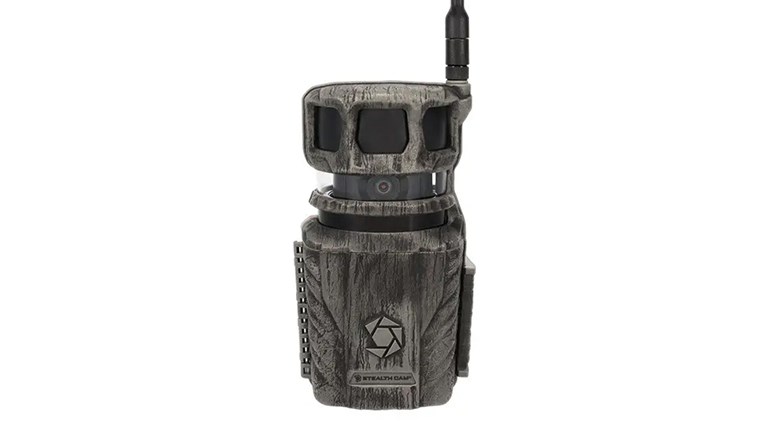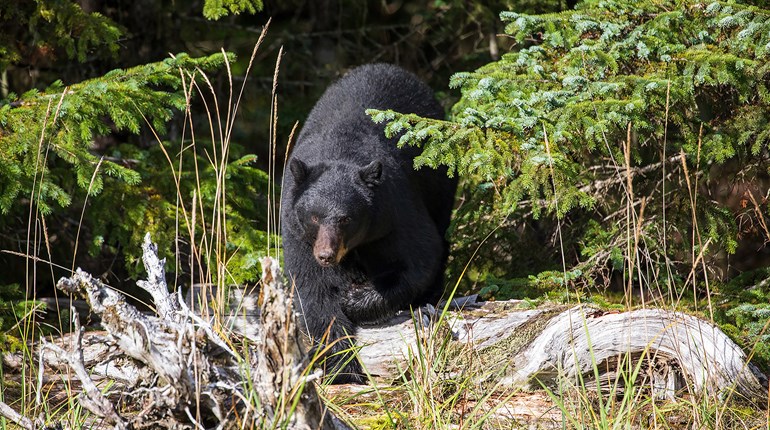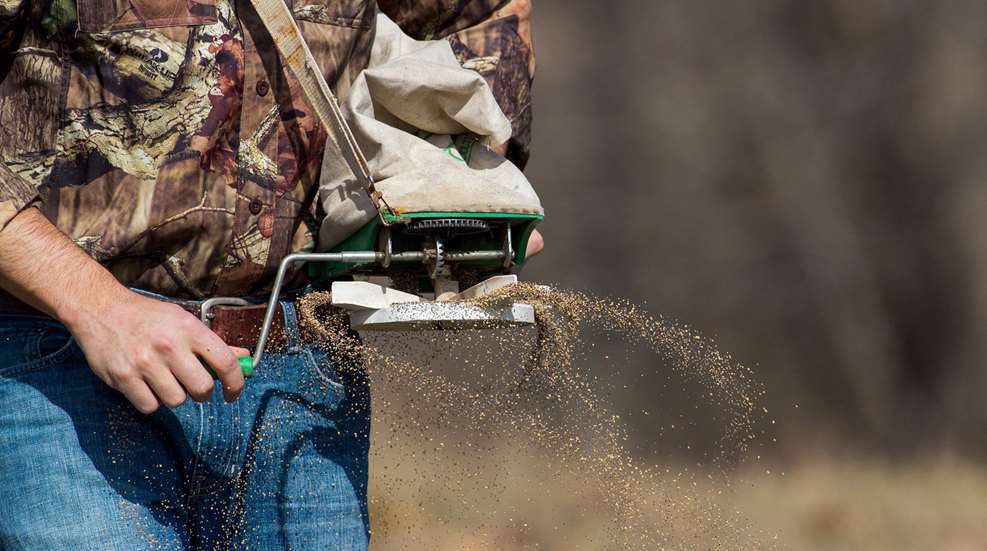
Maybe you forgot? Maybe it didn't rain? Maybe you got too busy? Regardless of your excuse for the delay on a spring food plot, the door has not closed yet. You still have the option for a great fall food plot to aid in your hunting success. A summer, even a late-summer planting, is ideal. Do not let this window of opportunity also pass you by.
Planning Your Ag Success
Once your ambition jumps to the occasion, plan for ag success. First, find a location and get a soil test completed immediately. Your local National Resources Conservation Service can help you with soil surveys already complete in your county, plus direct you to experts who offer soil testing. Mossy Oak BioLogic not only provides seeds and mixtures for plots, but also offers soil testing with results sent to your email after mailing in a sample. Results are available 36 hours after the company receives your sample.
A soil test helps you determine what crops may be best suited to your property, plus any supplements that may be required to maximize soil for optimum growth. Fertilizers may be suggested for optimum growth and lime additions proposed for acidity levels, plus soil pH. These and other measures, such as weed control, are all helpful for optimum success.
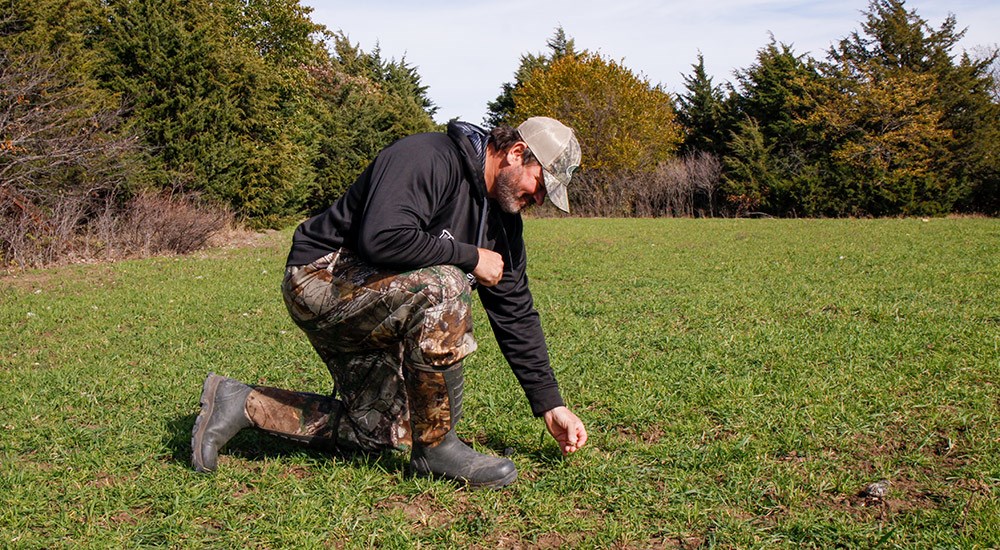
Beyond ensuring that your soil is ready for farming and choosing a vegetation species prosperous for your climate, do a survey of your plot layout. This is going to be a fall plot. Design it specifically for hunting and consider plot size and wind direction for optimum ambush opportunity.
Visualize your stand locations based on predominant winds for the fall months. Once you have locations in mind, consider shot distances, junctions from intersecting trails and any roadblocks that could help deer escape your trap. If a plot hooks back into a recess of trees you cannot see from your proposed stand, you can bet bucks will arrive there first to feed until after shooting light. A hunting app, such as HuntStand, aids in aerial views and measurement tools for an overall plot review before farming.
In brief, be ready to farm. Your window will likely be from July through mid-September. You need soil samples completed, limed soil, soil tilled and fertilizer spread so when the window looks favorable, you can plant instantly. The steps and products used in soil preparation do not work immediately. Your timing should also coordinate with a good rain opportunity to get plants up before cooler temperatures invade.
Crop Options Galore
Your soil test will reveal heaps of information on what you will be able to plant and when. Austin Delano is a 15-year veteran at Mossy Oak BioLogic. Delano is the head of research and development for all seed blends and property management products. He is aware of what works where, and when it needs to be planted. For fall blends, regardless of the seed variety, he stresses to get it in the ground 30 to 60 days before the first frost to ensure ample nutrition is available to attract deer during hunting season. First though, determine when you want the plot to be most effective, says Delano. In brief, when will you hunt the plot the most?
“We have different blends that work better for certain times of the fall and winter,” he stresses. “If it is an area planted for early bow season, use a heavy cereal grain and radish blend. Those particular blends are good in the warmer part of the fall.”
He suggests that to appeal to deer in the early and midseason period, plant half the plot heavy in cereal grains, such as wheat and oats, or a perennial like clover. BioLogic’s Outfitter’s Blend covers this spectrum and BioLogic’s Green Patch Plus product, which has a blend of brassicas and clovers, appeals to deer into late fall and winter for a one-and-done product.
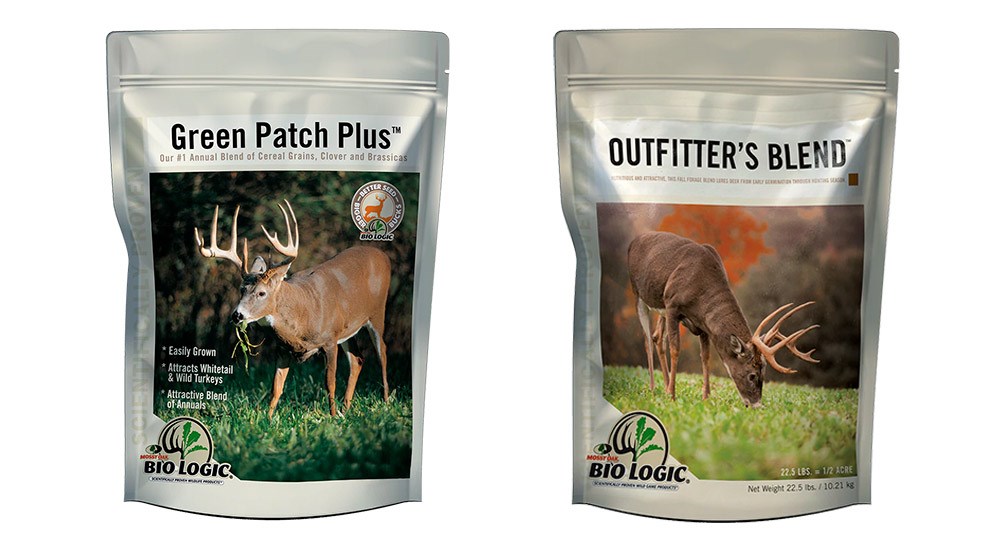
A good option for total plot success is to plant a variety, and Delano refers to this as plot partitioning. This idea of plot partitioning not only provides two different areas of feed, one for the early season and one for the late, but it can be a guarantee. Nearly all seed selections will require a good rain soon after planting. If that is stalled or if another climatic anomaly occurs, you may have crop failure. Planting backups, such as winter wheat or oats, in addition to brassicas and turnips, could provide a rescue plan if one crop fails. Blends, plus plot partitioning, provide even more of a guarantee something will sprout as an attraction.
My hunting partner Greg Gilman plants a variety of crops on his Kansas properties, but always plants several varieties of crops in a partition layout or simply side by side in a separate plot. This almost always guarantees crop success. Winter wheat has been his savior over the years when one crop does not mature. Any brief shower will spring bare ground to life creating a green, wheat carpet for fall attraction.
As noted, your seed selection will vary upon your location in America, but you cannot go wrong with hardy crops such as brassicas like rape, kale or turnips. Other wise choices include wheat, oats, rye, clovers, winter peas, plus region-specific nutrition that fits your climate. Finally, Delano suggests you do not plant too early in the summer or it could require mowing since deer prefer young, palatable vegetation over mature, stemmy growth that has peaked.
It is not too late to think about a food plot for fall hunting. Wait any longer though and you will not be able to open that window again until next year.












